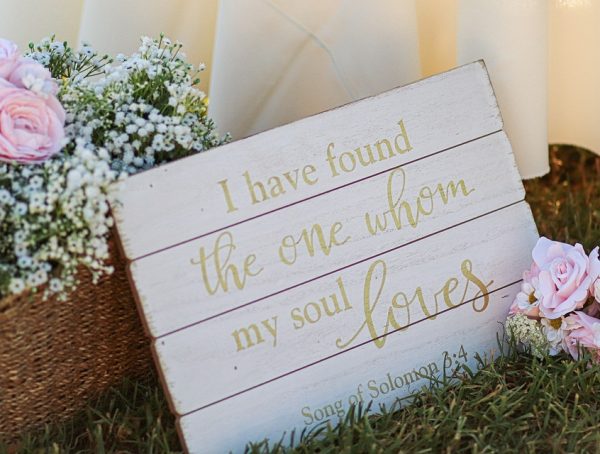The Art of Letting Go: Finding Inner Peace Through Acceptance
In a world that often feels chaotic and overwhelming, the ability to let go can be a profound gift. Letting go is not a sign of weakness or surrender; rather, it is an act of self-love and resilience that can lead to greater inner peace and acceptance. Learning to let go of what no longer serves us—whether it be relationships, negative thoughts, or past grievances—can pave the way for a more fulfilling and joyful life.
Understanding the Concept of Letting Go
At its core, letting go is about acceptance. Acceptance does not mean agreeing with what has happened or dismissing your feelings; it means recognizing and embracing reality as it is. It involves acknowledging your emotions, understanding that they are valid, and ultimately choosing not to let them control you. Letting go can lead to a release of emotional burdens and a newfound clarity and peace.
Letting go can manifest in various forms. It might be the end of a relationship that was once fulfilling but has now turned toxic. It might involve releasing the weight of past mistakes or unachieved goals. It could also mean detaching from the incessant need for control or perfection. This process requires conscious effort but promises great rewards.
The Benefits of Letting Go
-
Improved Mental Health: Holding onto grudges or painful memories contributes to stress, anxiety, and depression. Releasing these attachments fosters a more positive mindset.
-
Enhanced Relationships: By letting go of past hurt and embracing forgiveness, you create space for healthier connections with others.
-
Greater Adaptability: Letting go teaches you to be more resilient in the face of change, making it easier to navigate life’s unpredictability.
-
Increased Self-Awareness: The process encourages introspection, helping you to better understand your thoughts, emotions, and triggers.
- Inner Peace: Ultimately, the greatest reward for letting go is a profound sense of inner peace. You learn to accept life on its terms, which can be liberating.
Action Steps to Practice Letting Go
-
Acknowledge Your Feelings: Start by tuning into your emotions. Take some time for self-reflection. Journaling can be an excellent tool for this. Write down your feelings about the situation or object you want to let go of. Acknowledging your emotions is the first step towards releasing them.
-
Practice Forgiveness: This might be forgiving someone who has wronged you or forgiving yourself for holding onto pain. Forgiveness is often misunderstood; it doesn’t mean condoning bad behavior. It’s about freeing yourself from the emotional shackles that bind you. Consider writing a forgiveness letter—whether you send it or keep it for yourself, the act can be cathartic.
-
Change Your Perspective: Instead of viewing the act of letting go as painful, try to see it as a form of liberation. Reflect on how this change could open new doors for you. This shift in mindset can help in making the acceptance process smoother.
-
Practice Mindfulness: Engage in mindfulness meditation or deep-breathing exercises. Grounding yourself in the present moment can alleviate the anxiety tied to holding on to the past or worrying about the future. Apps like Headspace or Insight Timer can guide you through mindfulness practices.
-
Create Physical Space: Sometimes, letting go of physical objects can symbolize the emotional release. Go through your belongings and remove things that no longer resonate with you. Donate or recycle them, allowing the act to represent a clean slate in your life.
-
Visualize the Release: Find a quiet space, close your eyes, and visualize the feelings or situations you want to let go of. Imagine them as balloons floating away. This exercise can help provide closure and reinforce your intentions of letting go.
-
Seek Support: Talk to a trusted friend or therapist about what you’re experiencing. Sometimes, articulating your thoughts and feelings can provide clarity, and you may discover insights through their perspectives.
-
Set New Intentions: After letting go, it’s crucial to fill that space with something positive. Set new intentions or goals that excite and inspire you. Whether it’s starting a new hobby, embarking on a journey, or focusing on self-care, creating positive energy can anchor the process of letting go.
- Be Patient with Yourself: Remember, letting go is a process. It’s okay to have moments of doubt or struggle. Be gentle with yourself as you navigate this journey.
Conclusion
The art of letting go is a powerful practice that can significantly improve your mental and emotional health. It’s a journey that calls for courage, patience, and self-compassion. As you embrace acceptance and learn to release what no longer serves you, the path to inner peace becomes clearer.
Whether you are letting go of old wounds, unyielding expectations, or unhealthy relationships, remember that every step towards acceptance is a step towards a more liberated you. By embracing the beautiful and sometimes challenging process of letting go, you can cultivate a deep sense of peace and fulfillment in your life.
As you embark on this journey, remember the words of the late philosopher and author, Alan Watts: "The only way to make sense out of change is to plunge into it, move with it, and join the dance."
If you enjoyed this content and want to explore more insights on personal growth and mindfulness, follow Kevin Steineman on Instagram @KSteineman. Embrace your journey toward a more balanced life!
You might also like
More from Mindfulness
Where Peace Resides: Nature Quotes for Stillness
Where Peace Resides: Nature Quotes for Stillness In a world of incessant noise and relentless activity, finding moments of tranquility can …
A Collection of 35 Short Peace Quotes for Everyday Life
A Collection of 35 Short Peace Quotes for Everyday Life In the hustle and bustle of modern life, it’s easy to …
30 Short Quotes That Will Bring You Inner Peace
30 Short Quotes That Will Bring You Inner Peace In the hustle and bustle of everyday life, finding inner peace can …

































